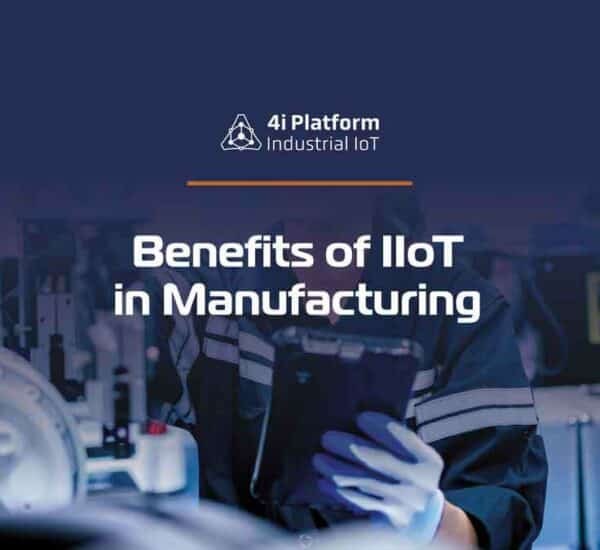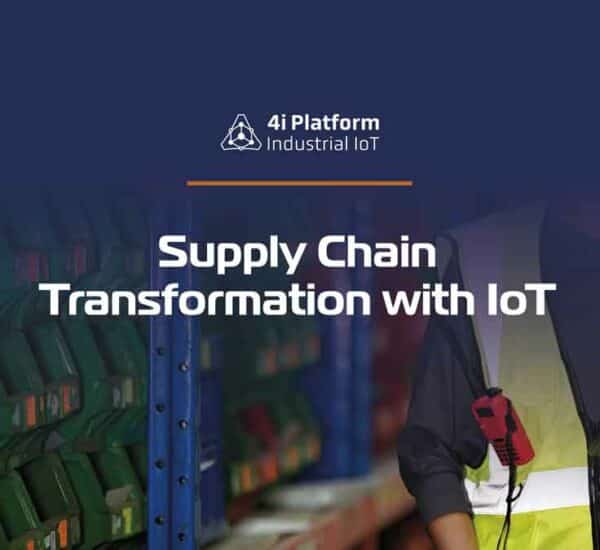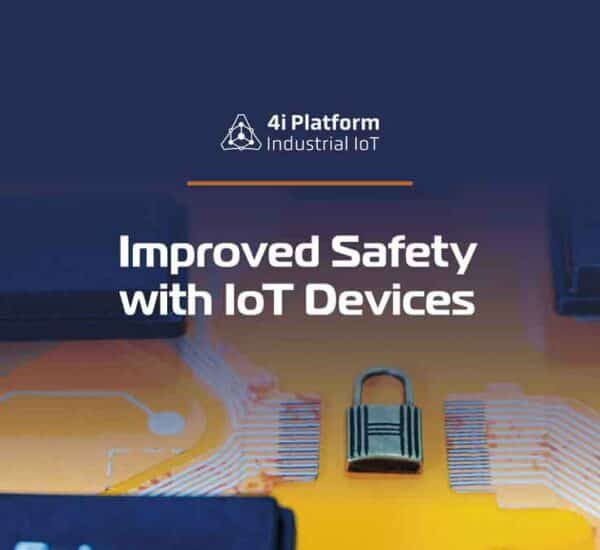Connected devices constantly continue to grow in popularity as technology and the internet of things continues to improve as well. Insurers can lower the cost of risk by using smart devices, such as:
- Connected equipment.
- Wearable sensors
- Industrial monitoring products that track data and share it.
Overall, connected devices can reduce the risk of loss. They use real time data analytics from connected devices to increase the cost of risk awareness and help improve safety conditions for their commercial customers.
The greatest potential impact of this technology is the fact that connected devices can transmit data in real-time and 24 hours a day.
As a result, insurance companies can use this information to help identify and remedy risks. For example, workers need to detect any pipe that is leaking and shut off the water before any damage happens.
Water-Sensing Technology
Water-sensing technology devices understand the presence, flow, and overall water risk to a job site. This type of innovative technology includes:
- Water sensors can strategically detect water presence and send alerts.
- Flow monitor sensors can be located near main water meters and can detect unusual or unexpected flow and alert you.
- These temperature and humidity sensors can detect potential freeze conditions, send an alert before pipes burst, or detect mold potential.
- Automatic shutoff valves are activated by water sensors or flow monitors to turn off the water. This ultimately prevents a small leak from becoming a very expensive problem.
Real Time Data Analytics and Safety for Workers
Insurers can gather great amounts of real time data analytics from clients through connected devices.
Additionally, insurers then use this data to improve their risk management and underwriting models. These devices can mitigate claims and the cost of risk in a handful of ways.
Wearables such as a belt, clip, or vest can detect lifting and bent behaviors and remind workers of safe handling. Companies can use wearables devices to track:
- Who visits the job site
- Their time there
- Their location
- When they leave.
Also, if there is a crisis, wearables can track employees and determine their location so that they can quickly get to safety.
Real time data analytics can improve safety protocols like wearing protective equipment and adhering to speed limits and forklift zones, as well as good housekeeping to avoid slip and fall hazards.
Security Considerations and the Cost of Risk
Businesses should typically assess and manage potential risks when adding new connected devices to their premises. These can generally vary depending on the device’s nature, network setup, type of real time data analytics collected, data transfer method, data storage location, and intended use.
Even though a majority of connected devices are safe for the cost of risks management purposes. Each case must be evaluated individually.
And although a device that monitors the flow of water through pipes can be considered benign from a privacy standpoint, nonetheless, it still needs to be reviewed relative to the possibility of creating an entry point into the network for malign actors if it intends to connect to it.
Privacy concerns can happen from biometric wearables or imagery, but workers can anonymize the real time data analytics to protect their identities. IoT is fundamentally based on a mutual exchange of value between the parties (just like internet search engines and social networks).
If someone gives data to another party, they should justify it with some return value. This exchange should be fair and transparent.
Customers who are open to sharing their connected device data will benefit from our ability to lower their cost of risk and make their businesses safer and more productive. As a result, Production Optimization with IoT-Enabled Functions takes place on the factory floor, lowering the cost of risks and other issues.
This value has been compelling enough for customers to sign up.





